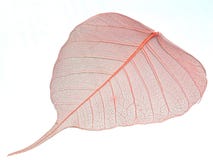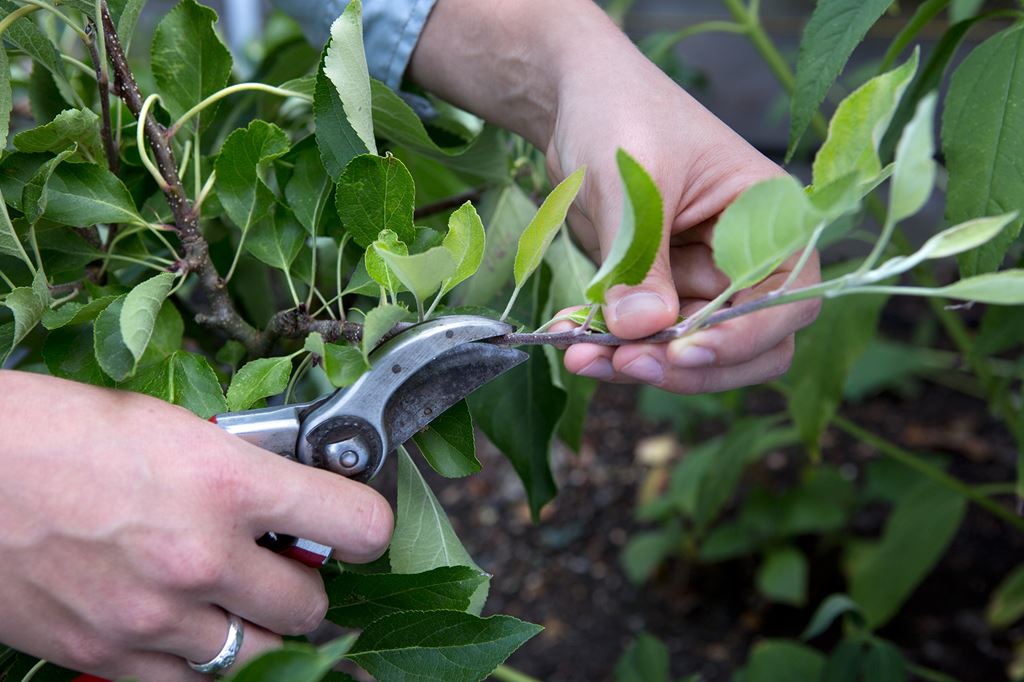

Select smaller rather than larger plants of the cole crops (broccoli, cauliflower, cabbage, Brussels sprouts) since overly mature plants exposed to low temperatures early in the season tend to bolt into flower too early.


Plant peas, potatoes and parsley towards the end of the month directly in the garden.Get your seed final orders in if you haven’t already to ensure you get what you want.Give your tools a good cleaning and sharpening.Late this month, mow winter cover crops.If you aren’t a carpenter, now is a good time to try a straw bale cold frame. Build a new one if you would like to expand. You can also start inside flowers and herbs that have a long germination period, like rosemary, snapdragons, and begonias. Many perennial flowers should be started inside by the end of the month as well. Start your first seeds inside for broccoli, cabbage, cauliflower, celery, head lettuce, onions, and parsley.Make a note of which varieties of flowers and vegetables do best and which do poorly in your garden. Add garden record keeping to the list of New Year's resolutions.Quarantine holiday gift plants until you determine that they are not harboring any pests. Check all house plants closely for insect infestations.Make notes to reorder successful varieties as well as those you wish to try again. Look over last year's planting, fertilizing and spraying records.Start stratifying perennial seeds that need this treatment.Wash and sterilize seed-starting containers.You will need lights, heat mats, sterile medium, and your preferred pot type. Collect all of your seed starting equipment together so you’ll be ready to go.Sometimes smaller is better and you may in return get fewer weeds and insects with more produce. Decide where your crops will rotate from last year, and start carpentry projects like cold frames, trellises, and indoor lighting set-ups if possible.

Make plans for the coming seasons garden.Contact seed companies to receive the new years catalog.Dust settles on leaves and clogs "pores", hindering light penetration as well as gas and moisture exchange. Use this time to give your indoor houseplants a good cleaning.If you pair this overview of gardening tasks by zone with experience, local knowledge and good year on year note taking then you should have a pretty good annual gardening calendar! Planting by USDA Zone is a good starting point to get a handle on what you should be thinking of planting and when.


 0 kommentar(er)
0 kommentar(er)
